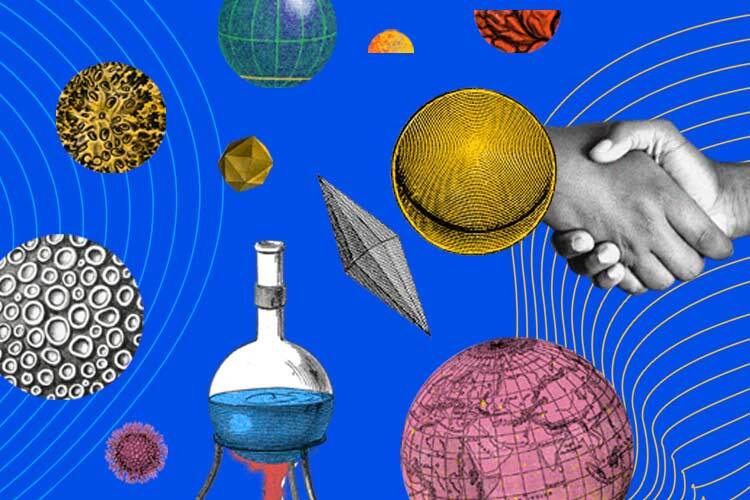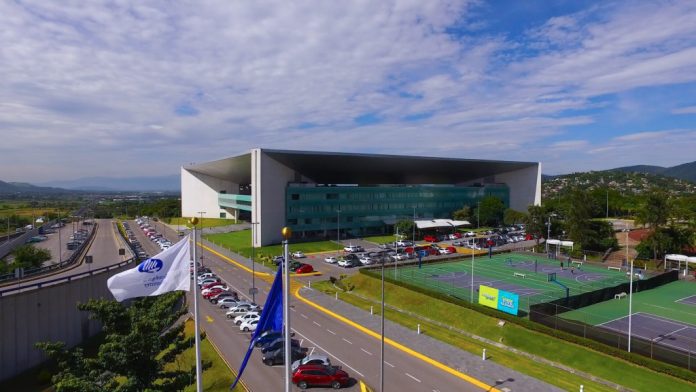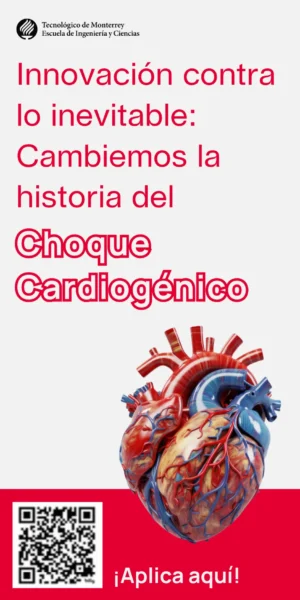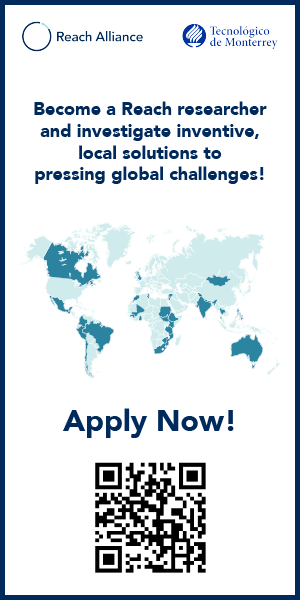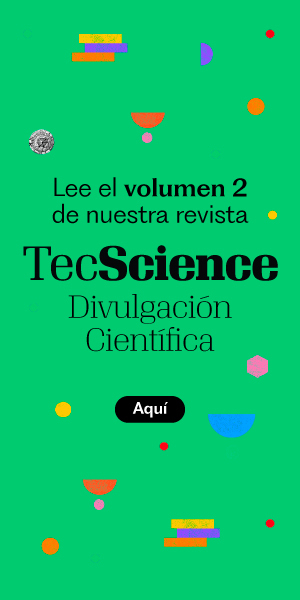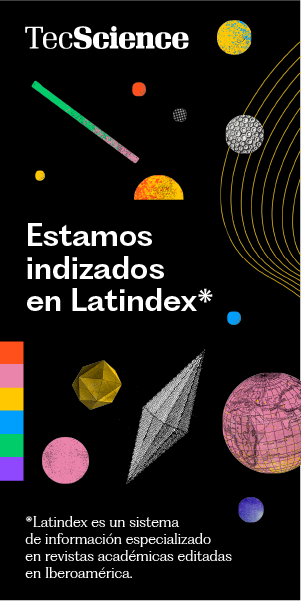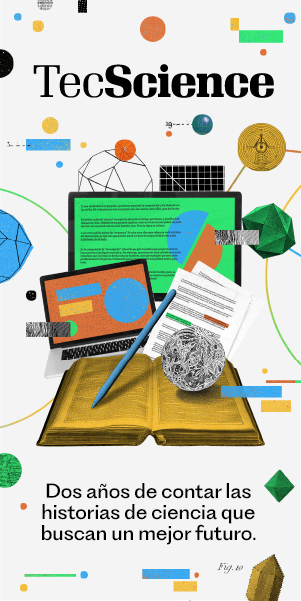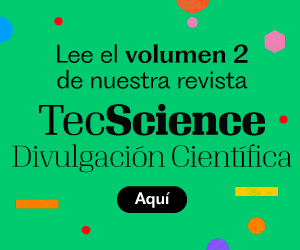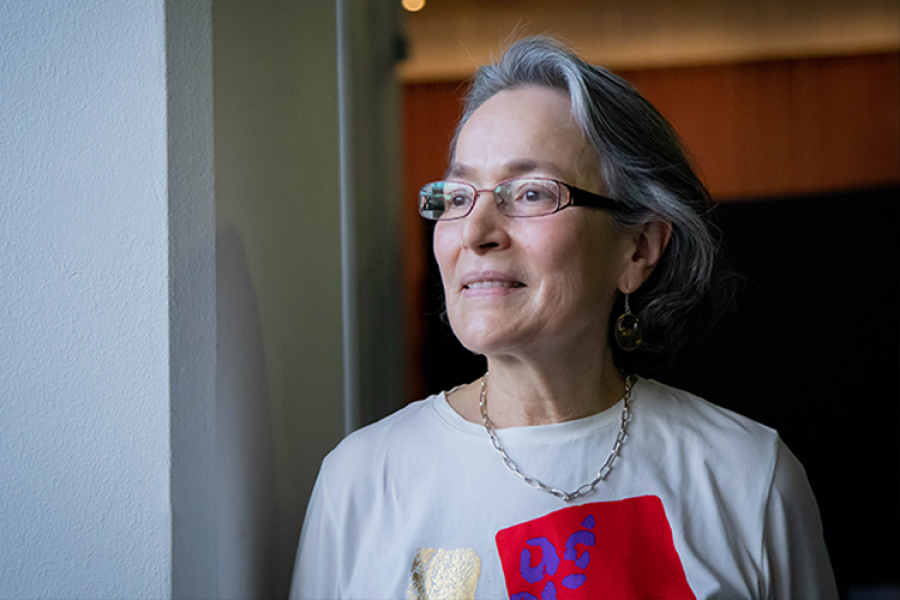A study on the genomic alterations of cervical cancer that pinpoints the regions in human genes where the human papillomavirus (HPV) integrates, and a book exploring the causes and consequences of corruption in institutions and governments—offering solutions—are just two of the many research projects that have received the Rómulo Garza Award for Research and Innovation over the past 50 years.
“The award recognizes projects that have different types of impact—whether social or scientific—or discoveries with short, medium, or long-term reach. Over the years, it has been diverse enough to highlight the wide range of research happening at Tec,” said Julio César Gutiérrez, professor at the School of Engineering and Sciences (EIC) and past winner in 2008 and 2012, as well as INSIGNIA Award recipient in 2014.
Created in honor of businessman Rómulo Garza, this award is the most prestigious recognition for research conducted at Tec de Monterrey. It is presented by the institution in collaboration with the company Xignux. This year, the award celebrates its 50th anniversary, recognizing winners in the following categories: the INSIGNIA Award, the highest distinction for a scientific career; recognition for the most-cited articles; high-impact research that leads to entrepreneurial ventures; and research projects by students from PrepaTec, undergraduate, and graduate programs.
At TecScience, we highlight some of the groundbreaking research projects that have been honored throughout the award’s history.
Optical Micromanipulation
Gutiérrez, a member of the Department of Sciences at EIC, received the Rómulo Garza Award in 2008 and 2012 for his research on optical micromanipulation, a technique that uses lasers to move or manipulate tiny objects. This project led him to co-author the paper Orbital Angular Momentum Transfer in Helical Mathieu Beam, which explores topics such as light-matter interaction.
“The goal was to study the properties involved in the transfer of physical characteristics. We had to design structured light profiles with special features and potential applications in metrology, biotechnology, and more,” Gutiérrez explained.
Today, this technology is a key component of fiber optics and a common tool in laboratories, he added. In biotechnology, for example, it is used to manipulate cell organelles in a non-invasive way.
Some of its applications now include drug development, cell property analysis, ocular surgeries, and other medical procedures, noted the 2014 INSIGNIA Award winner. Gutiérrez was also the first Hispanic to receive the Esther Hoffman Beller Medal from the Optical Society of America.

Causes and Consequences of Corruption
Bonnie Jo Palifka, a researcher at the School of Social Sciences and Government, was recognized with the 2017 Rómulo Garza Award in the Published Book category for the second edition of Corruption and Government: Causes, Consequences, and Reform, which she co-authored with Susan Rose-Ackerman, a professor at Yale University.
In this book, the researchers explore the reforms needed to combat corruption. Published by Cambridge University Press, the book presents a model suggesting that corruption occurs at the intersection of institutions, specific incentives, and personal ethics.
“Studying corruption is like exploring outer space or the ocean depths—it’s largely uncharted territory. We try to understand how it works and use that knowledge, drawing from multiple disciplines, to develop potential reforms and strategies to fight it,” Palifka explained.
The book has become a key resource for academics and policymakers, she noted. It has been cited in over 1,600 publications and has led to related research. Two years after receiving the award, Palifka founded the Academia Against Corruption in the Americas Conference to promote multidisciplinary research on this issue.

Genomic Alterations in Cervical Cancer
Victor Manuel Treviño, chief scientist of the oriGen Project, received the 2014 Rómulo Garza Award in the category of Scientific Article Publication for his contribution to a high-impact, widely cited research study on the genomic alterations in cervical cancer.
Treviño co-authored the paper Landscape of Genomic Alterations in Cervical Carcinomas, published in Nature, collaborating with colleagues from the Broad Institute of MIT and Harvard. Before this research, identifying the genomic regions where HPV integrates into the human genome to trigger cancer was a major challenge.
Treviño developed a computational algorithm to analyze samples and detect the regions where human papillomavirus (HPV) integrates into human DNA. This was one of the first large-scale detections of virus-human junctions. This initial genomic characterization provided a deeper understanding of cervical cancer, paving the way for better treatment decisions.
“This research helped establish a knowledge base for future applications in genomic medicine. Many of the techniques we used in this project are now essential for studying genetic variations in Mexico,” Treviño explained.

Cohousing for Sustainable Development
Emanuele Giorgi, Director of Research at the School of Architecture, Art, and Design at Tec de Monterrey’s Chihuahua campus, received the 2020 Rómulo Garza Award in the Published Book category for his work The Co-Housing Phenomenon: Environmental Alliance in Times of Change.
“This research explores the role of cohousing in today’s world as a way to rediscover social connections in an era where we struggle to build strong bonds. It also examines the theory that these connections can foster sustainable development—both socially and environmentally—for our society,” Giorgi explained.
By analyzing 50 cases of collaborative housing projects, Giorgi demonstrated how this model can serve as a sustainable solution to current environmental, technological, and social challenges. For example, he explored how urban spaces shape human interactions—and vice versa.
The researcher noted that the book, published by Springer, offers a fresh perspective on the cohousing phenomenon. Additionally, winning the Rómulo Garza Award gave his project greater visibility as a valuable contribution to research and reinforced his commitment to continuing work that benefits society.
The award ceremony for this edition will take place on February 27, as part of the TecScience Summit 2025.

Did you find this story interesting? Would you like to publish it? Contact our content editor to learn more at marianaleonm@tec.mx
